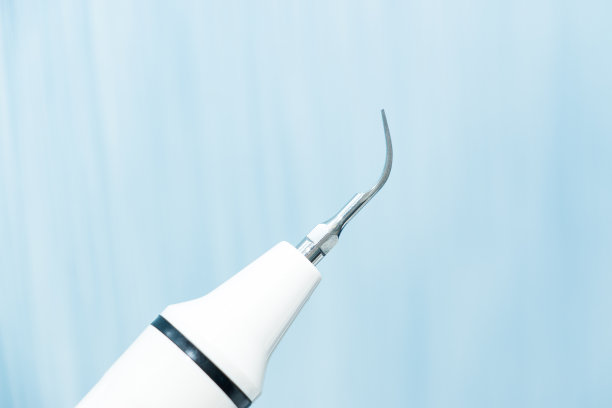Understanding the Silent Threat The Impact of Periodontal Disease on Oral Health
Summary: Periodontal disease, a silent threat to oral health, can have profound impacts if left untreated. This article delves into the causes, symptoms, treatment, and prevention of this common yet often overlooked condition.
1. Causes of Periodontal Disease

Periodontal disease is primarily caused by plaque buildup, which is a sticky film of bacteria that forms on teeth. Poor oral hygiene habits, smoking, genetics, and certain medical conditions can also contribute to its development.
When plaque is not adequately removed through proper brushing and flossing, it can harden into tartar, leading to gum inflammation and eventually gum disease.
If left untreated, periodontal disease can progress to more advanced stages, causing irreversible damage to the gums and supporting structures of the teeth.
2. Symptoms of Periodontal Disease
Common symptoms of periodontal disease include persistent bad breath, swollen or bleeding gums, loose teeth, and gum recession. In some cases, individuals may experience pain while chewing or sensitive teeth.
As the disease advances, pockets may form between the teeth and gums, harboring more bacteria and exacerbating the condition. Ignoring these symptoms can lead to tooth loss and other serious health implications.
Regular dental check-ups are crucial for early detection and intervention, as individuals may not always experience noticeable symptoms in the initial stages of periodontal disease.
3. Treatment for Periodontal Disease
The treatment for periodontal disease depends on the severity of the condition. In the early stages, professional cleaning and improved oral hygiene practices may be sufficient to reverse the effects of gum disease.
For more advanced cases, treatments such as scaling and root planing, antibiotic therapy, and in severe situations, surgical intervention may be necessary to restore oral health and prevent further damage.
It is essential for individuals with periodontal disease to work closely with their dentists to create a personalized treatment plan that addresses their specific needs and concerns.
4. Prevention of Periodontal Disease
Prevention is key to avoiding the development of periodontal disease. Maintaining good oral hygiene practices, including brushing twice a day, flossing regularly, and using an antimicrobial mouthwash can help reduce the risk of gum disease.
A balanced diet rich in fruits and vegetables, avoiding tobacco products, and attending regular dental check-ups are all important components of preventative care for periodontal disease.
Educating oneself about the risks and early signs of periodontal disease can empower individuals to take proactive steps to protect their oral health and overall well-being.
Summary:
Understanding the silent threat of periodontal disease is crucial for maintaining optimal oral health. By recognizing the causes, symptoms, treatment options, and prevention strategies, individuals can take control of their oral hygiene and prevent the potential consequences of this common yet serious condition.
This article is compiled by Vickong Dental and the content is for reference only



